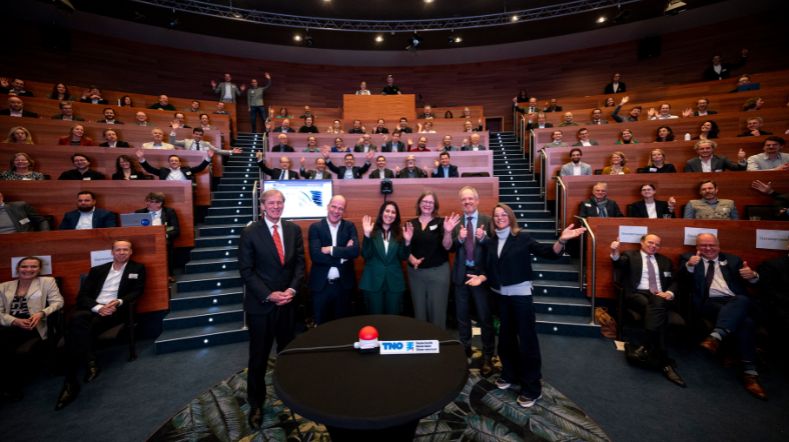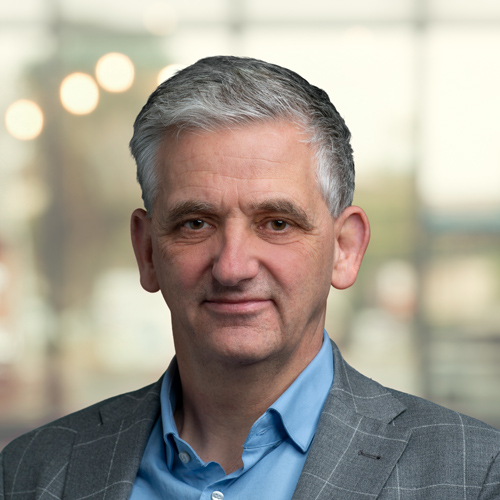Advisory Group for Economic Affairs
How can the Netherlands sustainably and effectively use the deep subsurface? This is the question that the TNO Advisory Group for Economic Affairs (TNO AGE), an expertise group of TNO Geological Survey of the Netherlands, deals with on a daily basis. We are here for policymakers, regulators, and stakeholders. We provide scientific insights and advice on the responsible and efficient use of the deep subsurface (>500m).
Research and advice
TNO AGE advises the Ministry of Climate Policy and Green Growth (KGG) on the implementation of the Mining Act and on issues related to the energy transition. To this end, we conduct research on the opportunities that the deep subsurface has to offer in the transition to sustainable energy. Examples are the extraction of geothermal heat and the storage of gases such as natural gas, hydrogen, and carbon dioxide (CO2).
In addition to the Ministry of KGG, we work for local and regional authorities, and other stakeholders in the public domain. These include Dutch State Supervision of Mines (SSM) and Energiebeheer Nederland (Netherlands Energy Management) (EBN). We collect information from industry about their current and planned activities, and data from research studies, for example on seismic activity and drilling. We do not work for industry.
Many of our experts have a scientific background in geology, petroleum geology, physics, or geophysics. We frequently collaborate with various TNO departments with a broad range of knowledge about the environment, climate, construction, administration, communication, data, and information.

Advice and support for the deep subsurface
For over 30 years, the advisory group, with more than 40 experts, has been offering valuable insights and data to governments and local municipalities.
We assist in decision-making regarding mining activities, geothermal energy, and the implementation of energy transition and climate policy with carbon dioxide storage and hydrogen production and storage. Our advice is based on the latest scientific insights and data.
Mining activities
An important and statutory task is advising the Ministry of Climate and Green Growth (KGG) and the State Supervision of Mines (SodM) on mining permits and plans submitted by operators. We do not advise on whether or not to grant mining activities, but we provide crucial information for the decision-making process.
This includes assessing extraction plans or storage of minerals and geothermal energy in the deep subsurface. It also involves estimating the impact of storing substances in the deep subsurface (both on the subsurface and the surface).
The advice from TNO-AGE is supported by our own analyses. Based on these, it is assessed whether the geological data and planned execution, as submitted by the operator, give rise to grounds for refusal in accordance with the provisions of the Mining Act and current policy.
The evaluations focus on, among other things:
- the location and nature of the occurrence;
- the amount of recoverable mineral or geothermal energy;
- the usable storage volume;
- the technical feasibility;
- the efficiency of the planned extraction or storage;
- interferences with other activities in the subsurface;
- the likelihood and extent of expected subsidence and seismic activity and their effects on people and the environment.
Local governments and public stakeholders
In addition to KGG, we also support local governments and public stakeholders by providing insights into the impact of using the deep subsurface. Information is gathered from the industry about their (planned) activities and data from studies, such as seismic surveys, subsidence, and drilling, but we do not work for the industry.
Knowledge Base NLOG
All our public reports and the latest data from studies can be found on the website of the Dutch Oil and Gas Portal (NLOG). This website is for the Ministry of Economic Affairs and Climate by TNO Geological Survey of the Netherlands (opens in a new window or tab) (refers to a different website).
In this way, we contribute to the knowledge development needed to stimulate the use of the subsurface for the current and future energy supply of the Netherlands. We also inform citizens about the subsurface and its use during regional information meetings.
Crucial role of the subsurface in the Energy Transition
The energy transition requires innovative and sustainable solutions, and the deep subsurface plays a crucial role in this. Therefore, we support governments in the smart and sustainable use of the subsurface for energy production and storage.
Consider the following:
- Geothermal energy: Utilising geothermal heat as a sustainable energy source.
- Carbon storage: Safely storing CO2 to combat climate change.
- Underground hydrogen storage: Storing hydrogen as a clean energy source.
To this end, we optimise the thermal use of the subsurface, conduct technical evaluations, and advise the government on these matters.
Annual research highlights
Every year, TNO AGE maps the latest developments regarding underground storage and exploration and extraction activities for the Ministry of Climate and Green Growth.
Energy management and underground storage activities
The deep subsurface of the Netherlands is crucial for energy management and sustainable solutions. TNO AGE assists governments and stakeholders in the efficient use of oil, gas, geothermal energy, and the storage of carbon and hydrogen. Discover how we contribute to a sustainable future with:
- Oil and gas extraction, storage, and transition
- Geothermal energy
- Mining effects
Oil and gas extraction, storage, and transition
We carry out a number of ‘set’ tasks for the Ministry of KGG in relation to oil and gas exploration and production. We collect data on Dutch onshore and offshore fields, and check the quality of that information. Furthermore, we monitor new developments and activities in the oil and gas industry.
The Dutch subsurface contains approximately 500 gas fields, around 210 of which are in production. We make annual forecasts for Dutch gas production, including the ‘exploration potential’, and we update the national gas reserve.
For this purpose, we collect and publish the forecasts of the oil and gas reserves of all the operators that are active in the Netherlands in existing fields. We make forecasts for the fields that have not yet been discovered, based on the data on expected volumes provided by operators. Read more about oil and gas extraction (opens in a new window or tab) (refers to a different website) on the NLOG website.
The deep subsurface will play a major role if the Netherlands wants to use sustainable energy on a large scale. By storing wind and solar energy in energy carriers such as hydrogen and compressed air, we can ensure there is enough energy available even on cloudy, calm days.
The subsurface offers space in empty gas fields, salt caverns, and aquifers (porous, water-bearing rock in the subsurface) to store energy carriers in large quantities, such as renewable fuel and heat, in sufficiently large amounts. We already store large amounts of gas for heating during the winter. Read more about underground energy storage (opens in a new window or tab) (refers to a different website) on the NLOG website.
A large number of empty offshore gas fields are technically suitable for carbon storage. This will enable us to make a significant contribution to achieving the climate goals.
In addition to portfolio studies on the suitability of these fields for CO2 storage, we advise KGG on complex permit applications and assist in the evaluation of SDE++ applications.
Read more about carbon storage (opens in a new window or tab) (refers to a different website) on the NLOG website.
Geothermal energy
Geothermal energy is a renewable energy source with high reliability: it is always available. In order to exploit geothermal energy safely, we have to coordinate its use with other subsurface activities, such as extracting gas and salt, and storing energy. We advise the national government on this subject, but also regional and local governments.
Strata situated between 1.5 and 4 kilometres below the earth’s surface contain water at temperatures of between 45 and 120 degrees Celsius. This warm water can serve as an energy source that is not dependent on seasons or the weather. We already use geothermal energy to heat glasshouses and homes, but over time it could also be used for industrial processes and to generate electricity.
With our detailed knowledge of the deep subsurface, we provide insight into the local potential for geothermal energy. In this context, we also look at locations outside the area of gas exploration and extraction. We participate in programmes to boost knowledge about the potential for new geothermal locations.
In an increasing number of municipalities in the Netherlands, parties are working on launching geothermal energy projects: approximately one-third of the more than 350 municipalities have dealt with permit applications under the Mining Act. We advise local and regional authorities as well as the Ministry of KGG on the issuance of these mining permits.
TNO AGE advises on and conducts research into geothermal energy, where heat is extracted from the ground at a depth of approximately 3 km.
Read more about geothermal energy (opens in a new window or tab) (refers to a different website) on the NLOG website.
Effects of mining
Our researchers have sound knowledge of geomechanics and structures in the (deep) subsurface of the Netherlands. We specialise in making models that predict how the subsurface will ‘behave’. We also develop models that predict the risk of induced seismicity and soil subsidence as a consequence of mining activities.
For the Ministry of KGG, we model the impact above ground of a potential earthquake resulting from gas extraction. The Ministry of KGG uses these data and other information to make decisions on granting permits. We also contribute to the development of knowledge and protocols to make the seismic risk (the likelihood of an earthquake) due to geothermal energy comprehensible and manageable.
Although gas production from the Groningen gas field has stopped, we conduct an annual Seismic Hazard and Risk Analysis (SHRA). This analysis determines, among other things, whether the expected number of earthquakes corresponds to the number of observed earthquakes.
Read more about induced seismicity (opens in a new window or tab) (refers to a different website) (earthquakes caused by human activities in the subsurface) on the NLOG website.
Natural gas extraction and other subsurface extractions cause some subsidence. This is because deep rock strata slowly settle by up to several tens of centimetres over a large area. According to our calculations, soil subsidence resulting from mining activities in the deep subsurface does not cause any damage above ground. Read more about subsidence due to mining activities (opens in a new window or tab) (refers to a different website) on the NLOG website.
In the Netherlands, salt is mainly extracted at depths of between 350 and 500 metres. This carries does not cause direct risks of subsidence. We closely monitor salt extraction and advise the Ministry of KGG on issuing permits for the exploration and extraction of salt and the safe closure of caverns.
Read more about salt extraction (opens in a new window or tab) (refers to a different website) on the NLOG website.
In addition to TNO-AGE, the expertise groups Geomodelling and Applied Geosciences at TNO Geological Service Netherlands are also researching the causes of soil subsidence.
Do you have questions about the use of the deep subsurface for energy management and sustainable solutions? We offer scientifically substantiated insights and support for geothermal energy, carbon storage, hydrogen storage, and mining activities.
Get inspired
Geology of the Netherlands: the wealth of knowledge under our feet
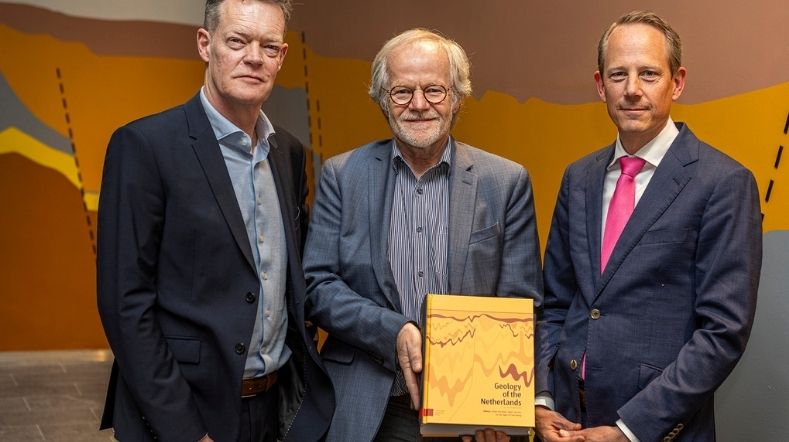

How fast did sea levels rise after the last ice age?
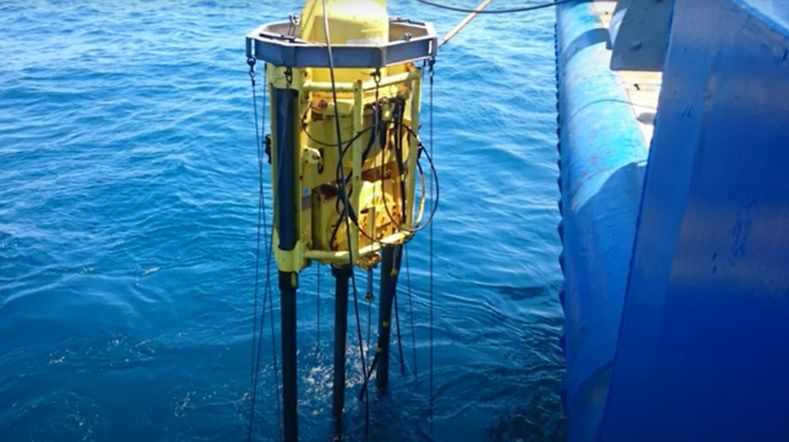

TNO presents new edition of 'Geology of the Netherlands'
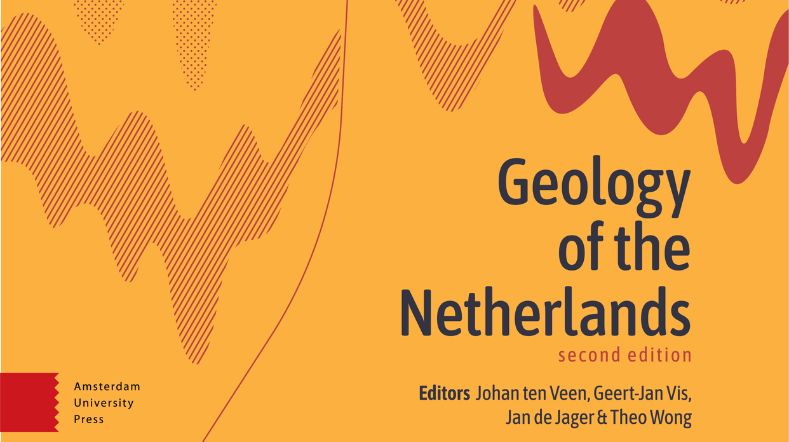

Hydrology and Reservoir Engineering
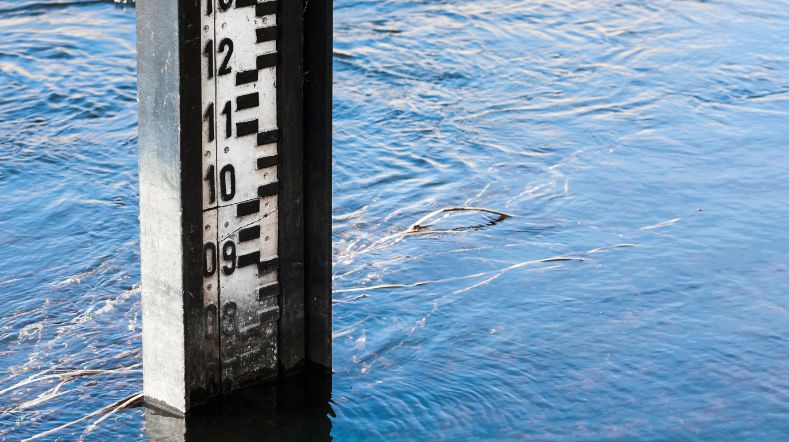

Netherlands Materials Observatory (NMO) officially opened
